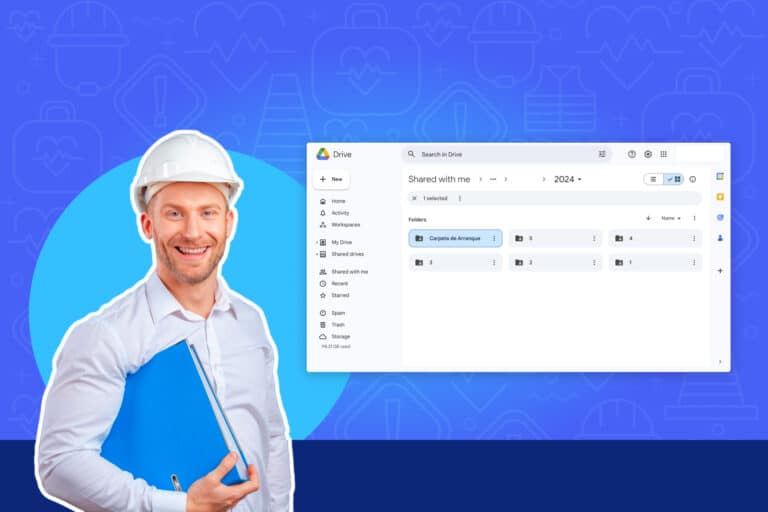The paperless office is a long-range utopia, ever since the personal computers started becoming popular. Years later, the term gained a new lease of life with the huge range of possibilities the Internet brought. Following the ultimate goal of transforming the physical processes into digital and mobile opportunities, the promise of building a paperless office today –as mentioned in previous articles– lies on the huge potential of smartphones to blow up the boundaries that physical documents had established.
Let’s review then what advantages would your company benefit from a paperless office, and how close from that utopia are we in 2017:
Higher productivity and immediate accessibility
As the Spanish newspaper El País states in its article, the paperless office falls in line with the new trends in work environments in which a high percentage of fixed locations in the office disappear and physical archive spaces are eliminated thanks to mobile solutions for companies in constant evolution.
“This leads us to identify the two first main advantages of the paperless office: less time is needed to locate the information and less space and costs for storage and associated processes”, states El País. But that’s not all.
As the interesting article points out there are many other benefits that a paperless office can provide: more efficient and effective services and processes, shorter response time increasing the quality and speed of services, optimization of resources and increased productivity, fewer mistakes and lower costs, fast access to information at any time and from anywhere, higher control and security of information, and improved communication in the organization.
Unlike paper, digitalization solves many problems at once
Beyond the general advantages and focusing on the daily work of organizations, what can your company gain from the replacement of paper system by high-tech, digital and mobile solutions?
An article by The Telegraph clarifies the enormous step forward the digitalization represents in comparison to paper forms, as a way for your company to solve a lot of problems in one go.
One of the most significant problems with paper storage is that it’s easy for a document to go missing, or for someone to file it in the wrong place. With a Digital Management System (DMS), these problems go away. Now, users can only digitally check out a document, but the original copy remains in the DMS where it can’t be lost. With the cloud, every change is saved instantly without the user having to do anything. This instant approach means the old days of backups are dead.
Remote working can also be improved by becoming a paperless office. Workers out on the field, for example, can use mobile solutions like DataScope to send documents to the central office in real time, avoiding paper forms, postal orders, contracts or other important pieces of documentation can go missing before the person returns to base.
There is also a world of difference between both systems in terms of safety. As The Telegraph indicates, with paper documents filed away in a room, it can be hard to restrict access on a per-document basis. Once an employee gets into your filing system, they can look at practically any document they want, which is a huge threat to privacy. With a cloud storage, your business has per-document controls that it should implement.
In short, when implemented correctly, a paperless office gives your business more control over its documents, better data security, and instant backups and versions.
An environmental breakthrough
The paperless office considers yet another relevant objective: minimizing or eliminating the use of paper, with the subsequent benefits for the environment.
El País expresses it this way: “The advantages [of a paperless office regarding the preservation of the environment aren’t minor: paper saving; reduction of waste disposal costs; a smaller environmental impact due to the lower use of natural resources used to make paper (…)”.

DataScope is a platform which allows various industries to streamline, organize and evaluate the work of their field staffs thanks to online forms which provide real time indicators 100% adaptable to any field.





